【FOCUS】How Cities are Combating Climate Change
Recently, record heat is ravaging the world as an extreme heat wave tracks north and east, creating a ‘dangerous situation’. It is estimated that the global average temperature in June is 0.4℃ higher than normal, the highest record since 1979.
Climate change is getting more intense than we expected, which may impose a lasting negative influence on man and nature in return. As a result, combating climate change has become an increasingly significant issue for urban sustainable development. Today’s In Focus will show you five outstanding urban innovation initiatives regarding climate actions.
Aswan, Egypt
City of Development, Creativity, and Renewable Energy
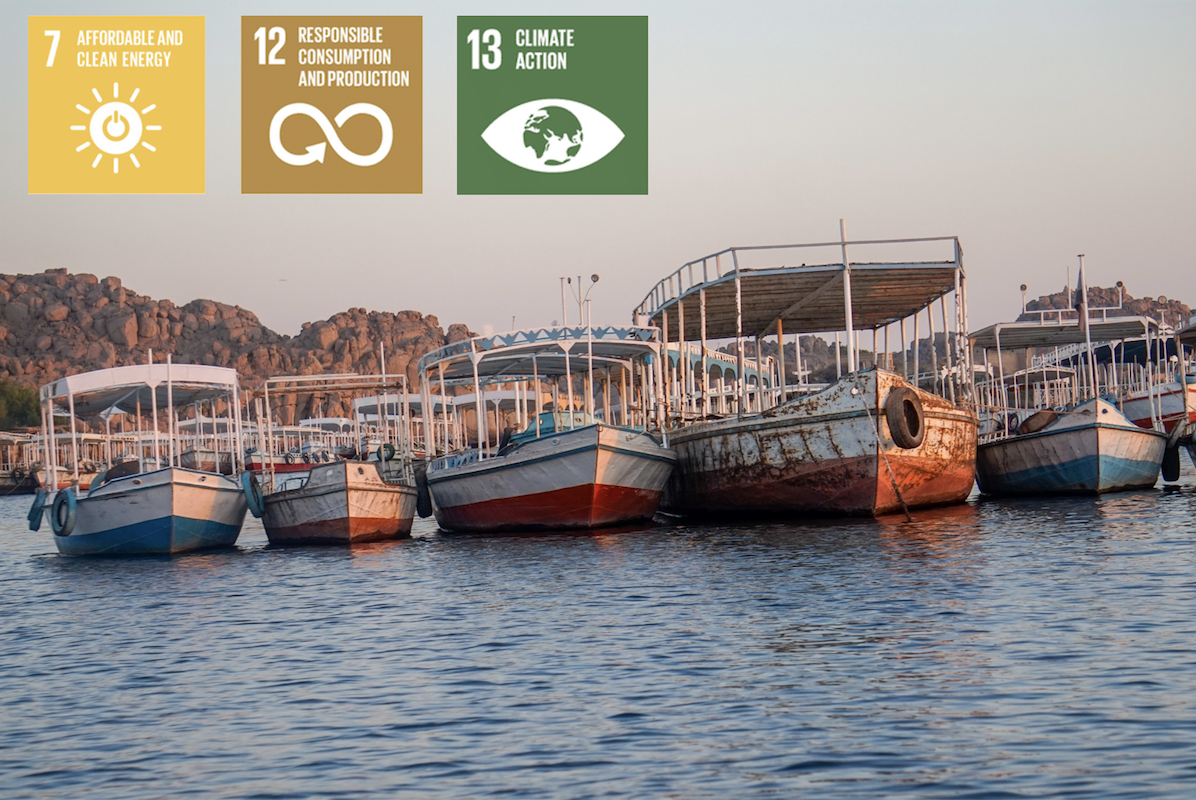
The city of Aswan, the capital of Aswan Governorate, flourishes on its large granite reserves, warm weather and unique Nubian culture. However, its heavy reliance on petroleum to produce electricity has resulted in huge carbon emissions, the top culprit of pollution. To combat environmental degradation, Aswan has started the high-profile Benban Solar Project.
The Benban Solar Project, with an area of 37 square kilometres and an investment exceeding two billion US dollars, is the largest of its kind in Africa. The project has seen the creation of 42 solar power stations with a total capacity of 2,100 megawatts, which is expected to reduce carbon emissions by two million tons annually. A school was built for encouraging students to invent solar-powered machines and equipment.
The city of Aswan has been cooperating with several international organizations, including the World Bank, wining its financial and technical support.
Learn More: http://www.guangzhouaward.org/a/1456.html?lang=en
Sydney, Australia
Delivering Sustainable Sydney 2030 - Addressing Climate Change
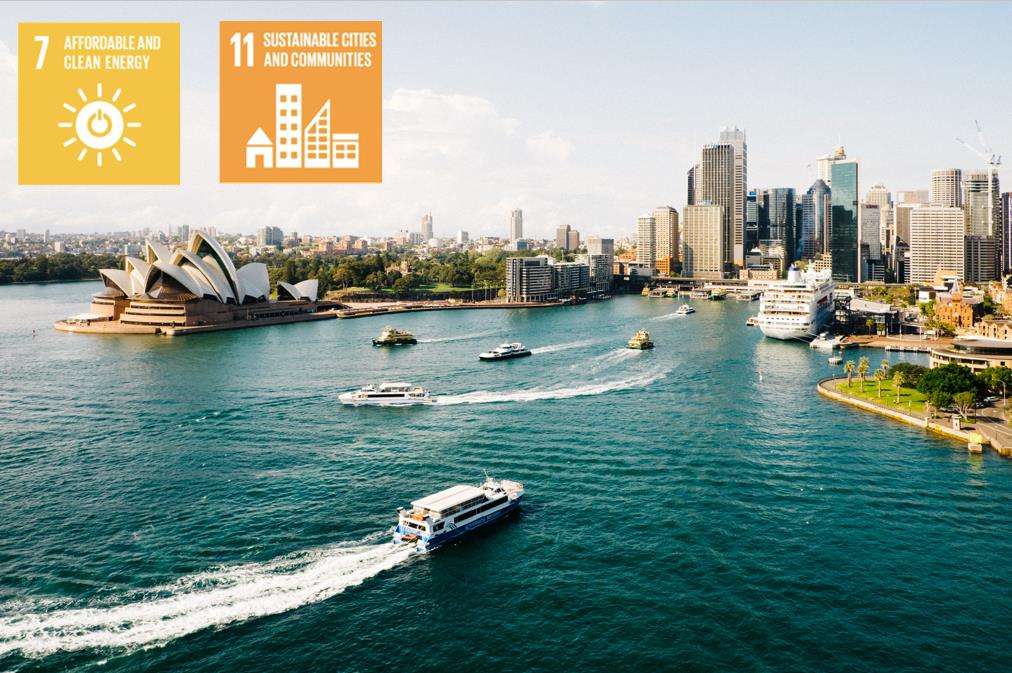
The crisis and challenges of global warming are calling for timely and bold actions by countries around the world. With the aim of being a leader with outstanding environmental performance and creating a livable, prosperous city for its citizen, the city has planned the Delivering Sustainable Sydney 2030 program.
A dedicated team has been set up to undertake the project. The city has funded its own retro-fit program for key buildings such as the installation of photovoltaic panels across 25 sites and the rollout of LED lighting across the LGA. Apart from these actions, some subprograms were launched, such as City Switch and the Better Buildings Partnership, aiming to reduce greenhouse gas emissions and improve energy efficiency.
The program has helped its environment to be more sustainable with 26% of greenhouse gas emissions reduced and 56% of waste recycled. It has set the benchmark for many environment indicators that will have a lasting positive impact on the local environment.
Learn More: http://www.guangzhouaward.org/a/759.html?lang=en
Linköping, Sweden
Linköping Carbon Neutral 2025
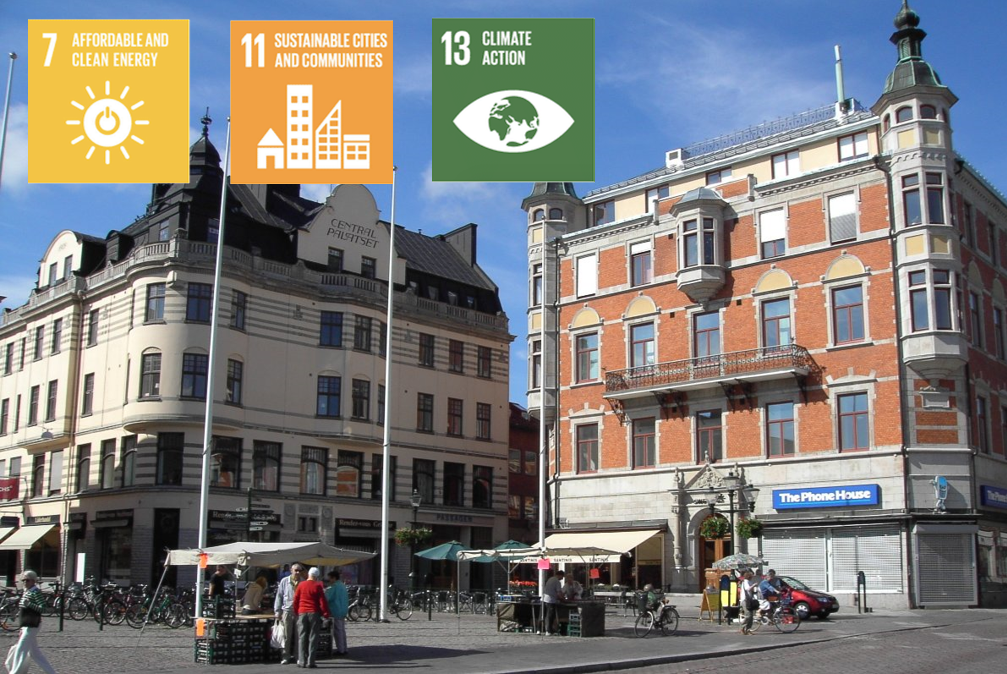
The government of Linköping is always keen on easing climate change and improving the environment. In 1993, a coordinated group was established to develop a local Agenda 21 plan. On this basis, the Municipal Council adopted its long-term climate goal to make Linköping a carbon-neutral community by 2025.
As a result, the government worked jointly with enterprises, universities and other cities on the following actions: substituting fossil fuels with renewable fuels such as biogas for vehicles; specifying climate criteria in its procurement processes; communicating with its employees and residents on climate issues; developing technologies to reduce CO2 emissions and setting up a Biogas Research Centre with Linköping University.
The initiative has had many positive effects. Two new combined heat and power plants have been built, CO2 emissions are down by 25% since 1990 and energy consumption in schools and hospitals has been reduced by 5%. All indices are on a trend for further reductions.
Learn More: http://www.guangzhouaward.org/a/974.html?lang=en
Hamburg, Germany
The International Building Exhibition (IBA) Hamburg and its “Climate Protection Concept Renewable Wilhelmsburg”
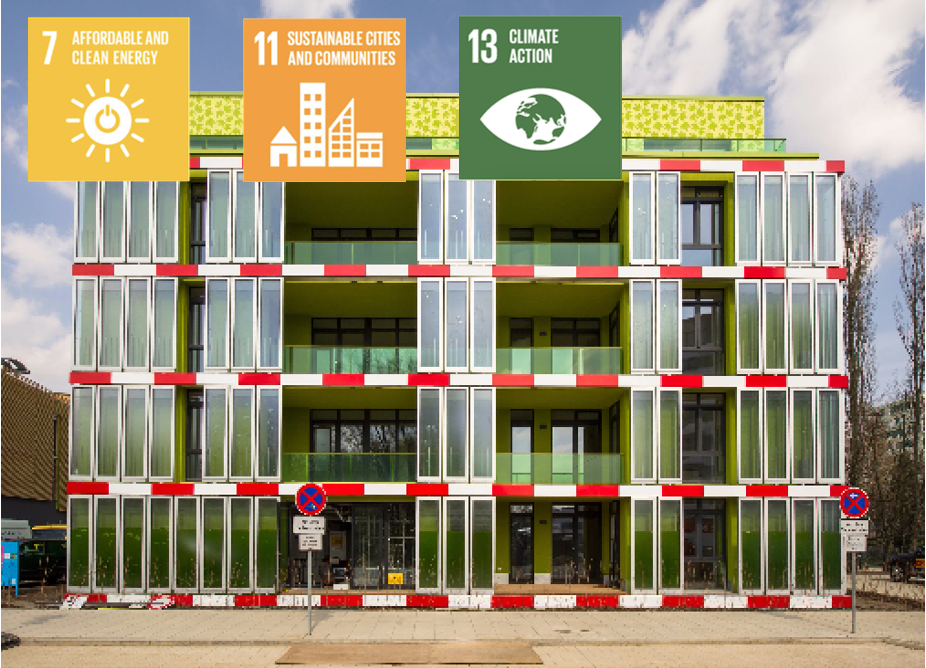
Previously 55,000 Wilhelmsburg residents were living on an island in the Elbe, which is vulnerable to flooding. The environment there depends heavily on its industrial and transportation infrastructure. To support the “Leap over River Elbe”, the new urban development program, the Hamburg Senate decided in 2005 to present the International Buildings Exhibition (IBA).
Cities and climate change is one of the themes of the Hamburg IBA. An “IBA Partnership” was established, bringing together 150 private companies and the local communities. It has provided an opportunity and framework to further the scheme, which claimed to use 100 percent local renewable energy by 2025, making Elbe carbon neutral. Following the success of the exhibition, the City of Hamburg is committed to continuing to use existing resources to stimulate the local economy with energy optimization.
The IBA and its “Climate Protection Concept Renewable Wilhelmsburg” has made Hamburg one of the green cities of Europe and the forerunner in the field of urban environmental protection.
Learn More: http://www.guangzhouaward.org/a/976.html?lang=en
Salerno, Italy
Sustainable Energy Now
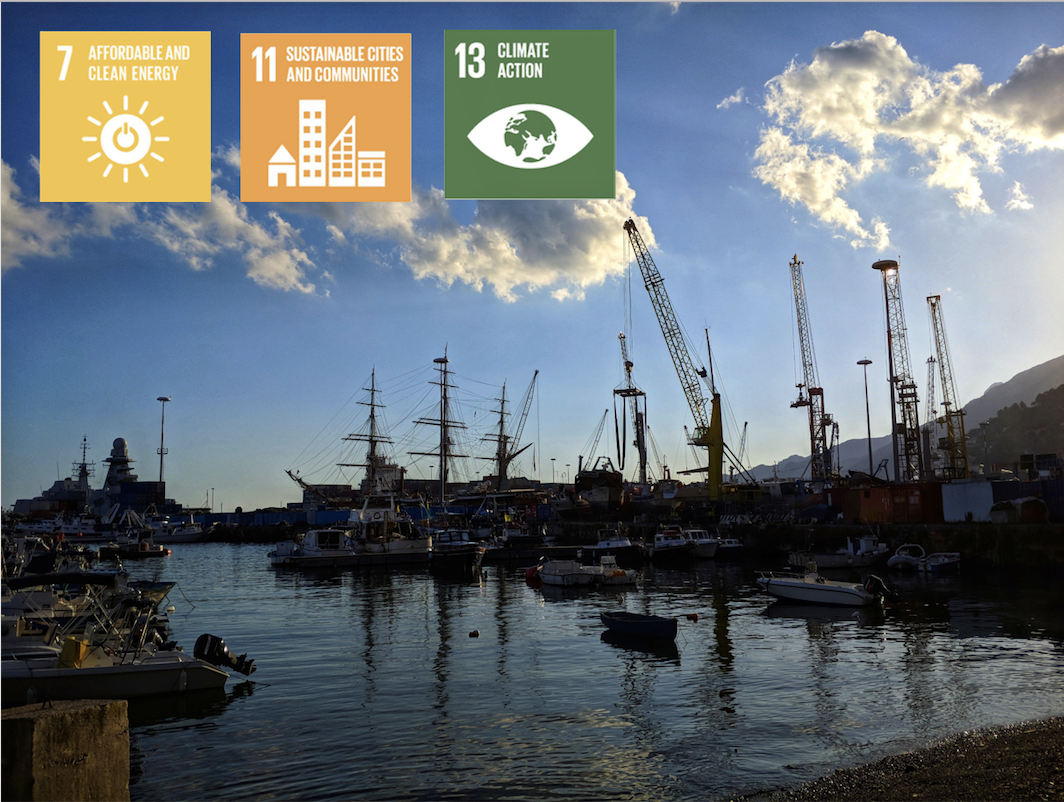
Salerno is a mid-size city of about 140,000 residents inhabited in the coastal part of Campania, one of the most densely populated areas in Europe. For years, it has made progress in many fields, from contemporary architecture, the art to the environment. In order to consolidate the achievements and build a more sustainable community, the city put forward an advanced energy plan.
The initiative consists of two main parts: (i) analyzing current energy consumption and emissions with proposed solutions to reduce consumption, and (ii) working with universities and research institutes to implement proposed activities and help policymakers with legal regulations as well as incentive mechanism design.
The program has greatly improved energy efficiency in areas of street lighting, architecture, drainage system, public transportation, waste recycling, etc. A 24 MW photovoltaic plant –– “Monti di Eboli” –– the third largest plant of its kind in Italy was built and the Solidarity Purchasing Plan was launched. All these achievements prove that the initiative is a success.
Learn More: http://www.guangzhouaward.org/a/689.html?


 In Focus | World Cities Day: People-Centred Smart Cities
In Focus | World Cities Day: People-Centred Smart Cities City Stories | Fostering community resilience: A lifeline for the Central African Republic
City Stories | Fostering community resilience: A lifeline for the Central African Republic In Focus | Innovative Education, Empowering Futures
In Focus | Innovative Education, Empowering Futures




















 Tel: +86 020 3780 4434
Tel: +86 020 3780 4434 Email: info@guangzhouaward.org
Email: info@guangzhouaward.org Adress: Unit 01-7, 28th Floor, No. 7, Chunrong 3rd Road, Tianhe District, Guangzhou, Guangdong, 510000, PRC
Adress: Unit 01-7, 28th Floor, No. 7, Chunrong 3rd Road, Tianhe District, Guangzhou, Guangdong, 510000, PRC




